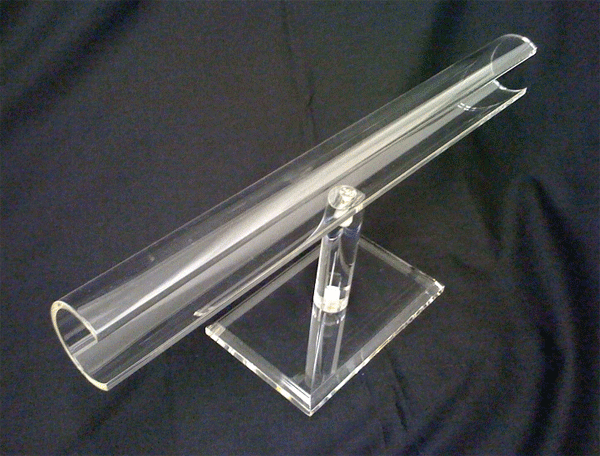
Summary Of Cnc Machining And Vacuum Formation
There are many plastic manufacturing methods to select from, and there are broad ranges associated with flexibility of form, startup expenses, charges per component, finish time, as well as the scale of production the process permits. Common methods include CNC (computer numerical control) machining and vacuum formation, both of which serve distinct design and style and manufacturing requirements. CNC, for instance, has a moderate level of freedom when considering the shape, a completion period of less than a day, a medium startup cost, high cost of individual components, and satisfies large scale development. Vacuum formation, in contrast, has a limited freedom of shape, best suited for producing simple shapes, and can feature a completion period of up to one month. In addition, since there’s a wide scale of CNC machines, from basic desktop devices, to far more advanced pieces of equipment, the startup costs vary from low to high, and the price per component and the completion time are very diverse, and dependent upon the sophistication of the equipment.
Summary Of CNC Machining
CNC machining is a computer operated subtractive procedure, that eliminates material from plastic in an effort to produce the required form. The computer is high-tech, with the capability to convert a design into numbers by using a computer assisted design software system. The figures are then able to operate the equipment to cut the required shape. To setup, the pieces of equipment require an intermediate step in the creation and validation of tool paths. As soon as the machine obtains the tool paths, the subtractive procedure is started. When the assembly is finished, the component is cleaned, smoothed, and trimmed.
For lower volume plastic component part applications that require tight tolerances and forms which are challenging to shape, machining is suitable. CNC machining also has minimal to medium initial costs, and can also produce top of the line plastic components with minimal completion times. On the other hand, with an increase of product intricacy, the cost per part climbs up. On top of that, the process requires tool access considerations, and particular shapes, for example those with rounded interior channels, are near-impossible to produce using CNC manufacturing. {For those who are looking for much more information with regards to acrylic moulding this specific site custom acrylic forming has got quite a few more articles or reviews having to do with custom acrylic forming. There are actually 1,000’s of websites with facts regarding ‘small perspex fabricators’ this really is among the finest sites acrylic moulding uk.|{For anyone interested in extra info relating to making plastic prototypes this internet page plastic distributors and fabricators has quite a few more content pieces having to do with plastic fabrication company. This informative site www.displaydevelopments.co.uk/bespoke-manufacturing provides extensive more info on the main topic of large plastic prototypes.
Vacuum Formation
Vacuum formation is a procedure through which plastic is heated and moulded, commonly using a mould. The scale and sophistication of vacuum-forming machines vary from inexpensive desktop devices to advanced manufacturing machinery.
It is usually suitable for any venture, ranging from tailor-made designs to large-scale manufacturing, considering the large variety of machinery offered and that automation is undoubtedly an option when necessary. Having said that, there is little freedom in the different types of design it can develop, and is also unfortunately exclusively able to produce pieces with basic geometries. When compared with various other techniques, tooling costs are minimal, simply because vacuum formation only requires low forces and pressures. Typically, for smaller production sizes the moulds are created from Three-dimensional printed resin, or even plaster, and for greater production sizes more durable equipment made of metal is commonly used.
The manufacturing process begins with a sheet of plastic getting clamped and heated up so that the plastic becomes mouldable. The plastic will then be put into the mould and cooled off, and often fans and other chilling strategies are implemented in order to speed up the cooling process. The final stage involves any surplus plastic being removed.